Vascular Trauma

The term “vascular trauma” refers to injury to a blood vessel—an artery, which carries blood to an extremity or an organ, or a vein, which returns blood to the heart. Vascular Surgeons categorize these injuries by the type of trauma that caused them: blunt or penetrating injury. A blunt injury can occur when a blood vessel […]
Visceral Artery Aneurysm

An aneurysm is an expansion of an artery due to a weakening of the artery wall. As the artery enlarges like a balloon, the wall becomes thinner and can burst. A visceral artery aneurysm is one associated with the arteries supplying your liver, spleen, kidneys or intestines. Uncommon, treatable This type of aneurysm is uncommon. Successful treatment with catheter-based or conventional […]
Carotid Endarterectomy
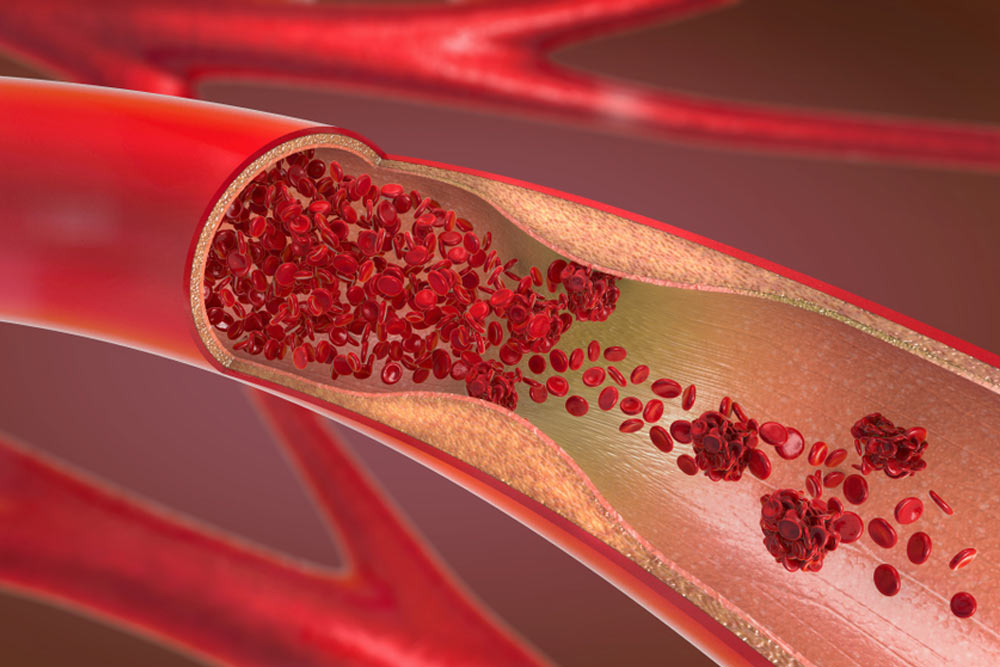
A carotid endarterectomy is a surgical procedure to open or clean the carotid artery with the goal of stroke prevention. It is a durable procedure but not a cure; though rare, blockage can accumulate again. Why It’s Done Your vascular surgeon may recommend you have a carotid endarterectomy if you have: A moderate (50-79%) blockage of a carotid artery and are experiencing symptoms such […]
Catheter-Directed Thrombolytic Therapy
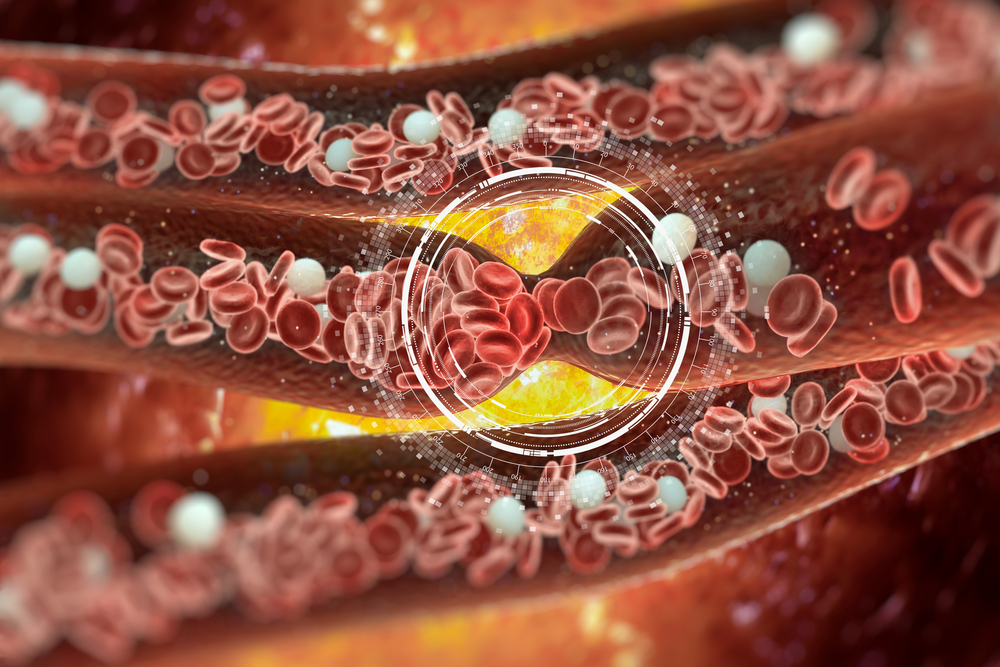
Catheter directed thrombolytic therapy is a nonsurgical treatment for acute deep vein thrombosis (DVT) that dissolves blood clots. These clots typically occur in your leg, thigh or pelvis but can travel. If a DVT travels to your lungs (referred to as a pulmonary embolism or PE), it can cause shortness of breath, chest pain and lead to death. Why […]
Endovascular Repair of Abdominal Aortic Aneurysms
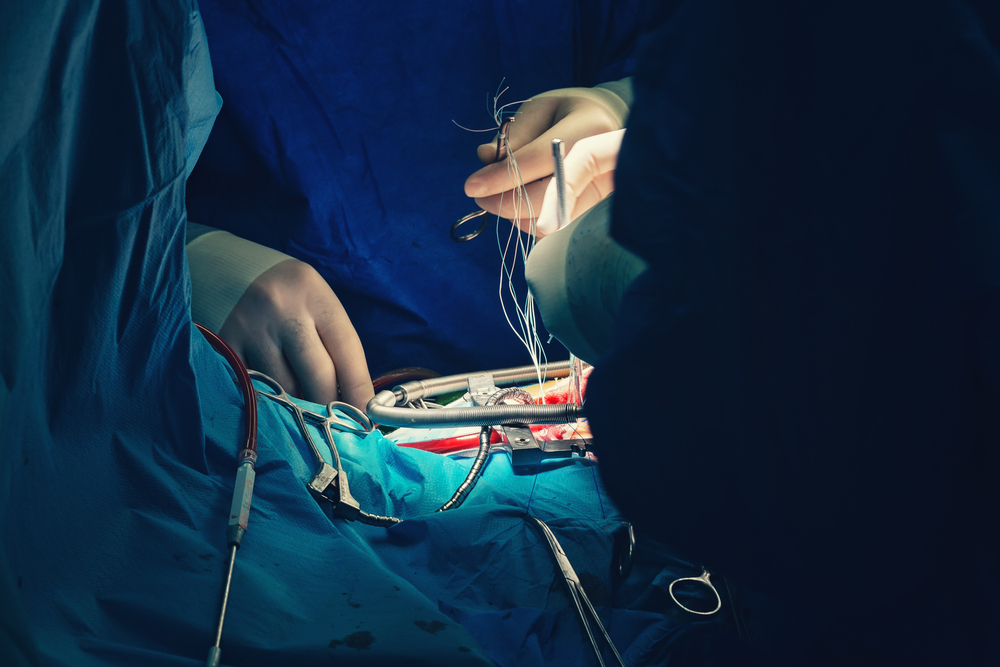
Endovascular repair is a preferred treatment for many people with an abdominal aortic aneurysm (AAA), and an alternative for some who do not qualify for open surgery. How an AAA is repaired varies depending on location, which then classifies the procedure as either STANDARD or COMPLEX. (Refer to “Description” below.) Why It’s Done Endovascular repair is less […]
Endovascular Treatment of an Aortic Dissection
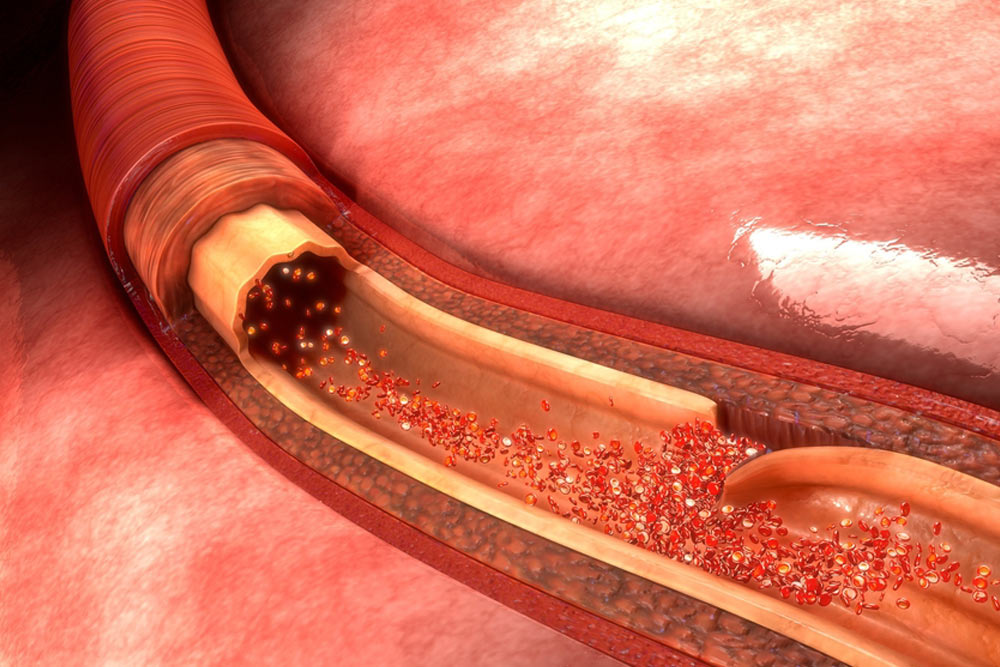
An aortic dissection is a tear in the lining of the aorta that creates two blood flow channels. One channel, called the true lumen, feeds blood to most of the important branches of the aorta and is surrounded by the normal aortic lining. The second channel, called the false lumen, may only feed a few (if any) […]
Open Surgery Treatment of an Aortic Dissection
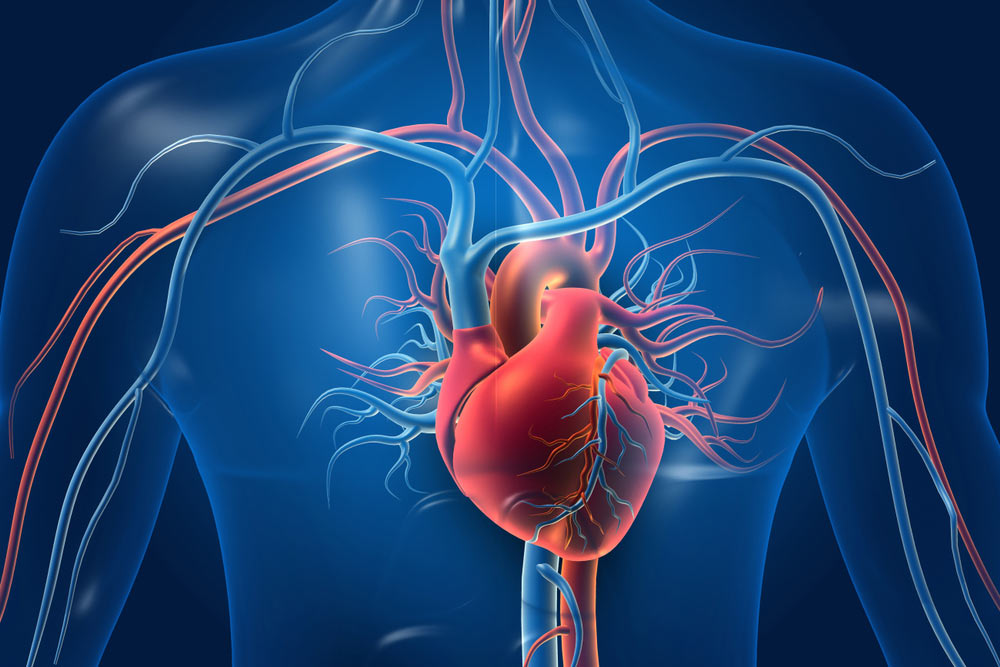
An aortic dissection is a tear in the lining of the aorta that creates two blood flow channels. One channel is called the true lumen, which feeds blood to most of the important branches of the aorta and is surrounded by the normal aortic lining. The second channel is called the false lumen, which may only feed a few (if any) important branches. Aortic dissection is a very complicated condition. Untreated, […]
Repair of a Thoracic Aortic Aneurysm
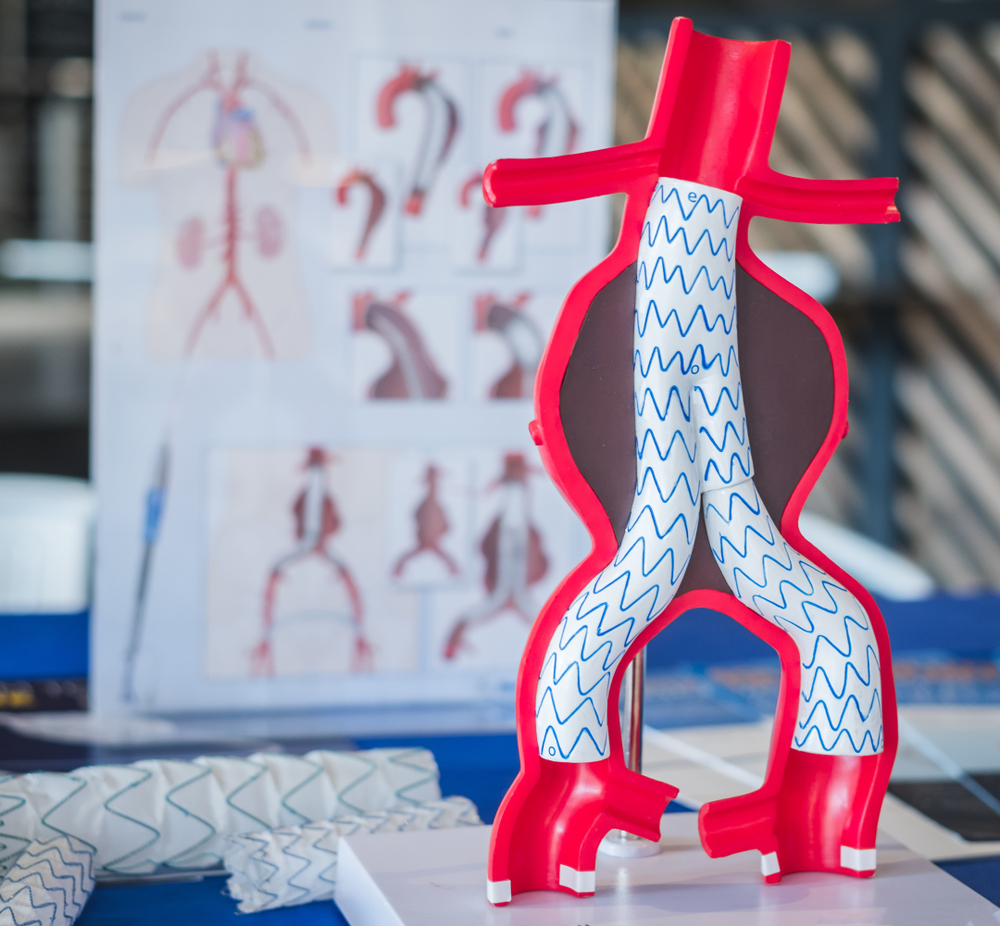
A thoracic aortic aneurysm or TAA is a bulging of the wall of the aorta, the main vessel that feeds blood from your heart to tissues and organs throughout your body. The aorta is normally about the size of a large garden hose. When the aorta expands to more than twice its normal diameter, it is called […]
Surgical Bypass
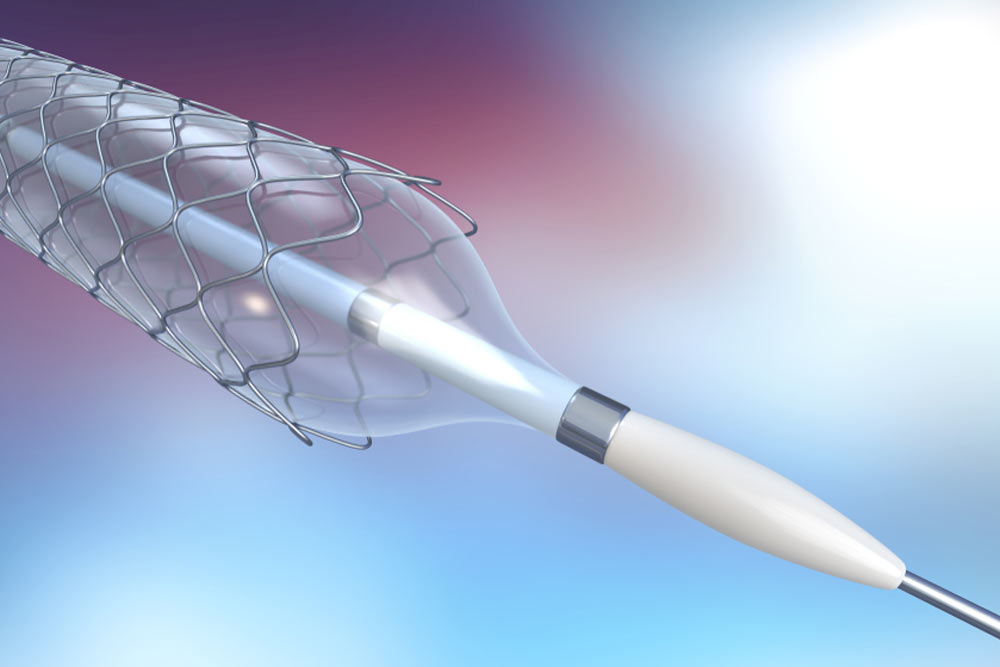
IN THE LEG, also called lower extremity bypass, leg bypass, fem-pop bypass, fem-tib bypass, fem-distal bypass. IN THE ABDOMEN, also called aortic bypass, aorto-iliac bypass, aorto-femoral bypass, fem-fem bypass, aorto-mesenteric, and ax-fem bypass, depending on which blood vessel is being bypassed. With the help of a natural or synthetic graft, a surgical bypass routes blood flow […]
Surgical Bypass for Aortoiliac Occlusive Disease

A surgical bypass reroutes blood flow around a diseased artery to increase blood flow to your legs. Surgical bypass is not a cure for aortoiliac occlusive disease. It is a treatment given to resolve the symptoms when medical management or minimally invasive therapies, such as balloon angioplasty and stenting, have not worked or are not suitable for you. Why It’s Done An aortoiliac […]